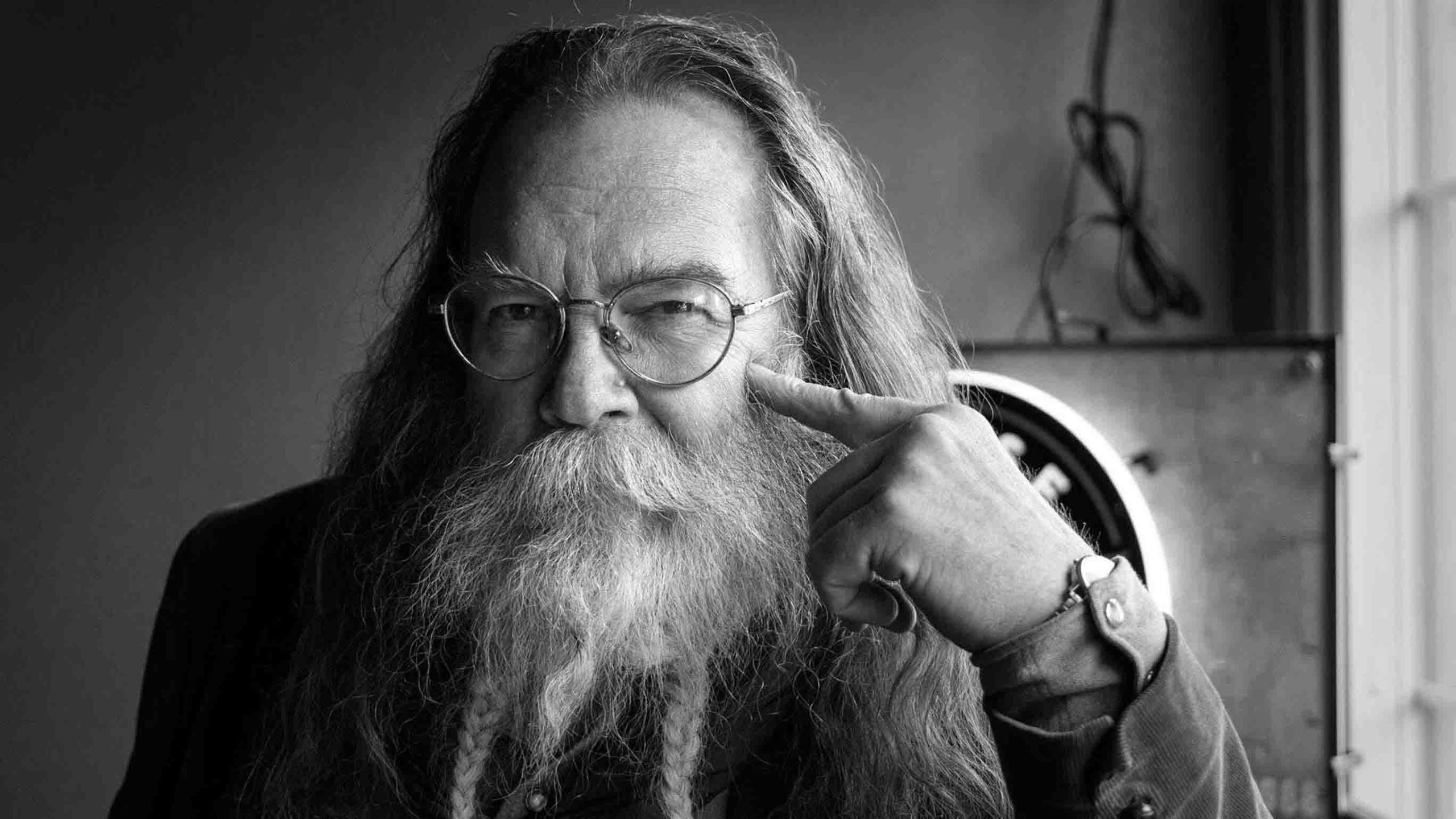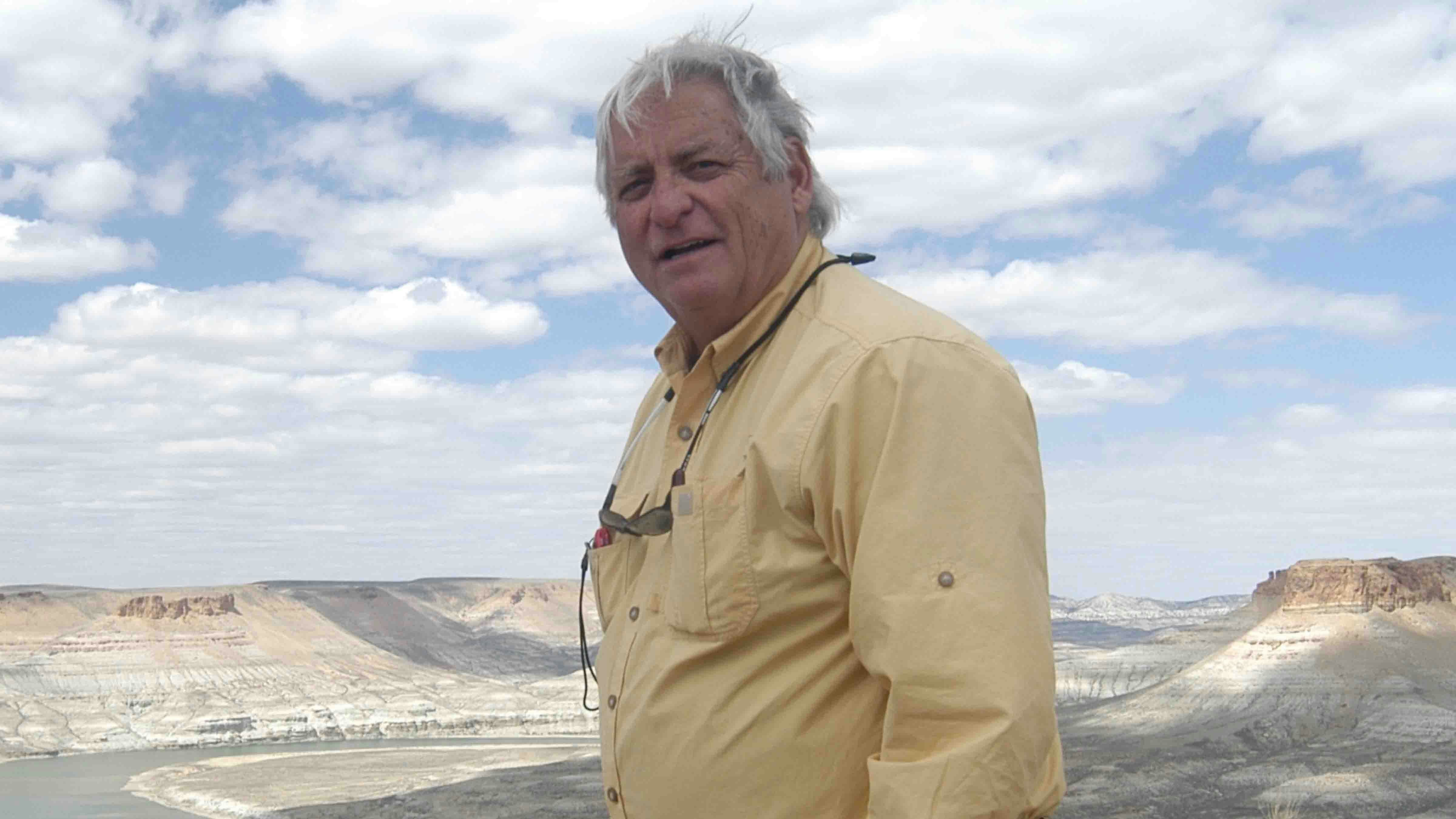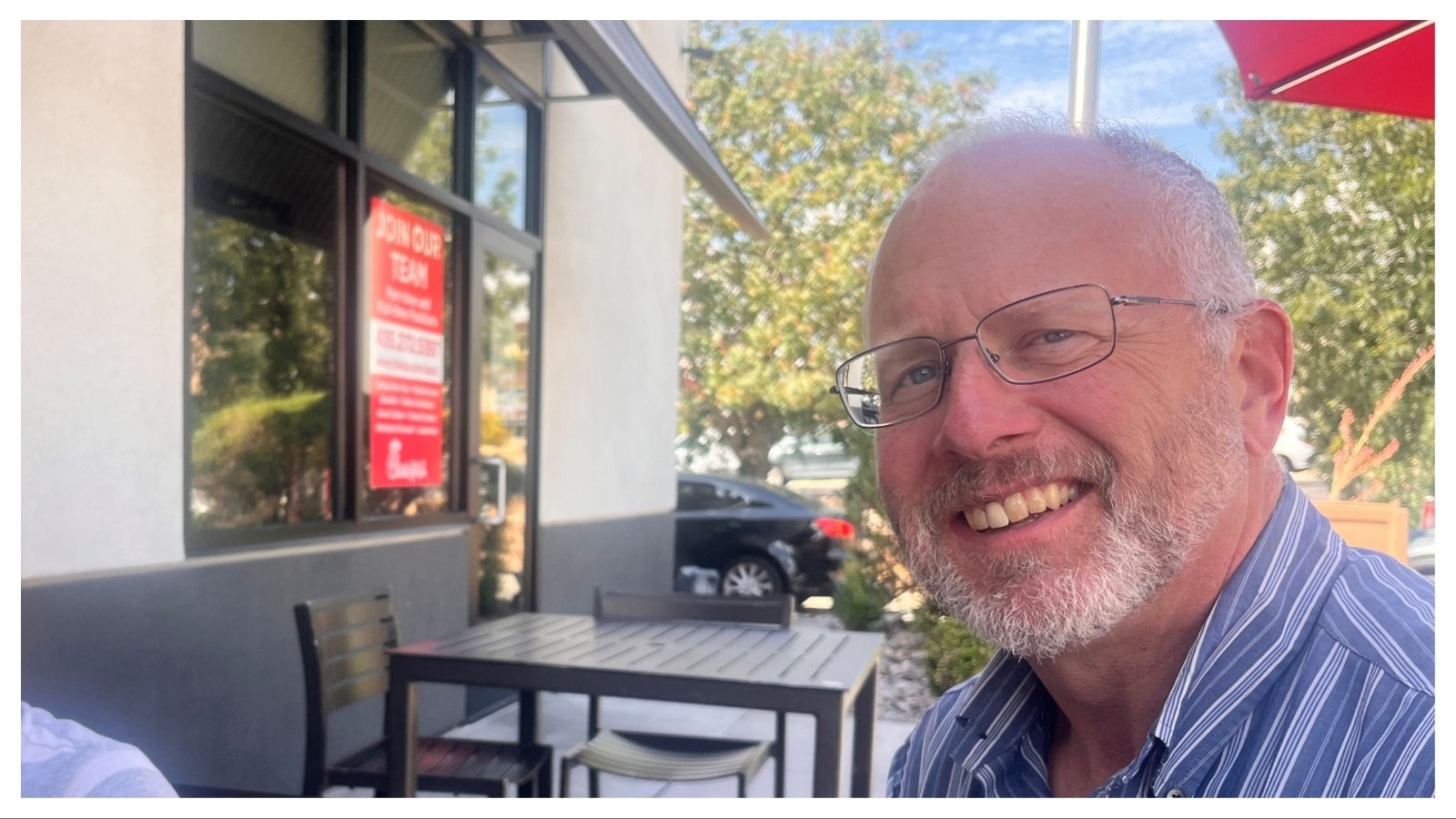Wyoming has 23 counties within her borders, and each one is historically important in its own way. And each county has native sons and daughters who embrace that heritage and, throughout life, are champions and cheerleaders for their home.
I hail from Carbon County, one of the five original counties in territorial Wyoming that stretched from Colorado to Montana.
And I want to tell you why, when we approach the Pearly Gates, we’ll be met by God driving his dusty ol’ ranch truck with County 6 plates.
Everyone associates the history of Carbon County with the lynching and skinning of Big Nose George. And for good reason.
Kids growing up that county were lulled to sleep with bedtime stories of the only man in the history of Wyoming jurisprudence to be hung twice, then turned into a pair of shoes.
An early governor of Wyoming, John Osborne, campaigned wearing shoes made from Big Nose George’s hide and told voters that he took a tough stand against crime.
But very few folks know that major league baseball made its way from the east coast to the west coast via Carbon County.
The O’Malley family, who owned the Brooklyn Dodgers, annually visited Wyoming to hunt antelope on John Niland’s ranch west of Rawlins.
In the late 1950s, when the television market on the west coast enjoyed explosive growth, the O’Malleys considered moving the Dodgers to LA, where they wouldn’t have to share revenue with the Yankees and Giants.
But they realized that, if they did that deal under the hungry eye of the press in the Big Apple, they’d get lynched and skinned. So they brought their teams of lawyers and yes-men to Wyoming during their annual hunt, and the paperwork was signed in the Parco Hotel in Sinclair.
Thus, the Dodgers found a new home in LA because of the primo speedgoat hunting in Carbon County.
Another obscure factoid suggests that, if things had turned out differently in Carbon County, the world would not have incandescent lightbulbs.
In the summer of 1878, Thomas Edison came to Rawlins to observe a total eclipse and to do some fishing. As the story goes, he got the idea for a carbon filament for an incandescent lightbulb when he saw a bamboo fishing pole singed in a campfire and had a eureka moment.
Edison was staying in one of the hotels on Front Street across from the train depot. Another guest of the hotel was Texas Jack Omohundro, a frontiersman, Indian fighter and close associate of both Buffalo Bill Cody and Wild Bill Hickock.
Texas Jack hadn’t come to Rawlins for science but for recreation. Front Street offered a plethora of waterin’ holes and houses of ill repute for tourists uninterested in eclipses.
The story goes that Texas Jack pulled one too many corks, took on a snootful of hooch and stumbled back up to his hotel room. He opened the wrong door and saw Edison in his long johns getting ready for bed.
He pulled his sixgun and aimed at the genius inventor of the modern age, thinking him a blackguard or assassin sent to kill Texas Jack.
It was only because God loves Carbon County that He stayed Texas Jack’s finger from the trigger.
So, dear reader, if you enjoy not just major league baseball, but also indoor lighting, movies and vinyl records, you can thank a moment of Divine Grace in Carbon County, a place widely acknowledged as the original site of the Garden of Eden.
Here endeth the lesson.
Rod Miller can be reached at: rodsmillerwyo@yahoo.com





